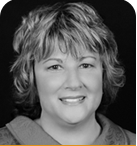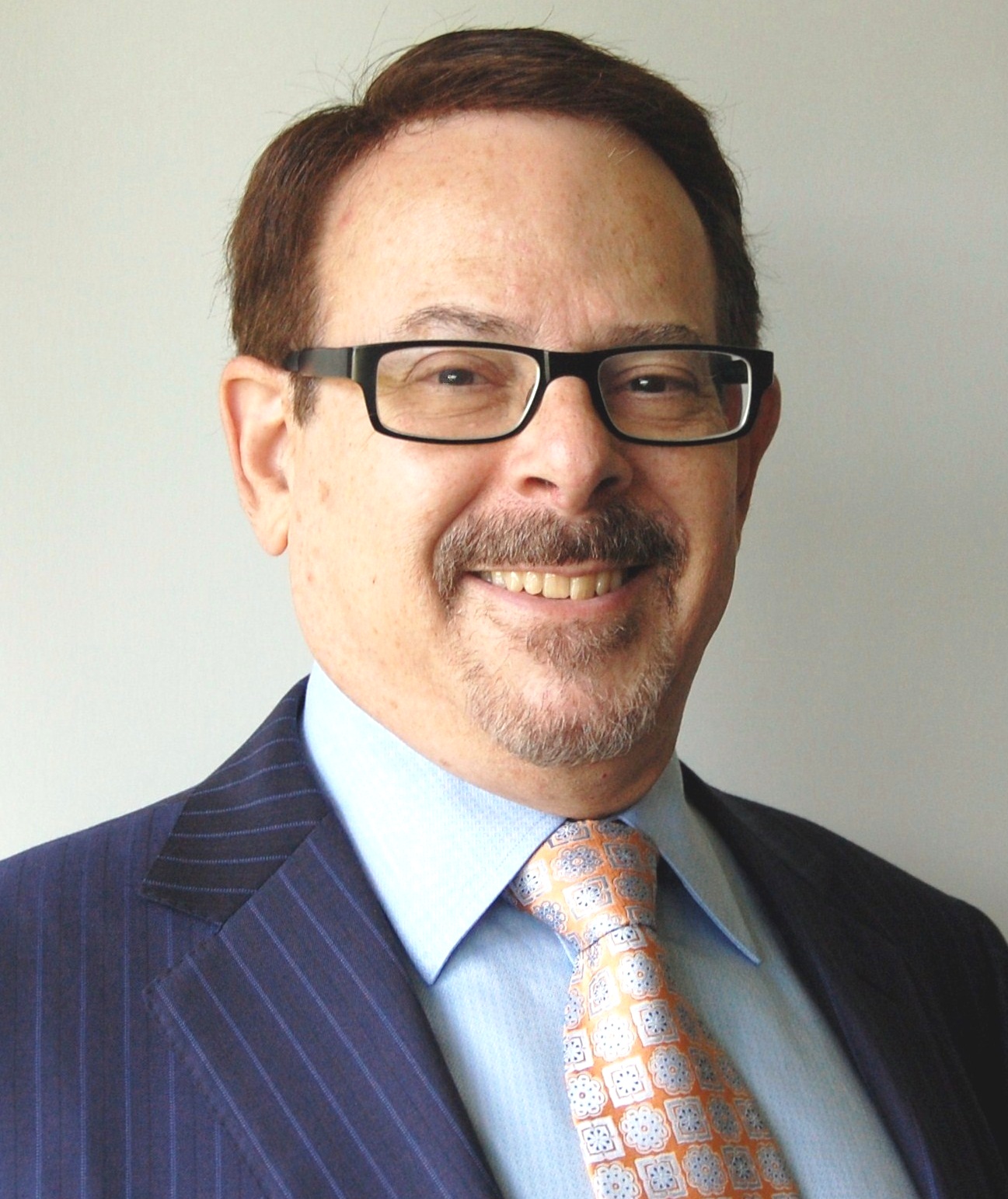Here are five key metrics profitable ambulatory surgery centers continually measure and track for better operations and higher profitability.
 1. Measure block schedule utilization. One of the most important case volume metrics to measure is block scheduling and utilization, Jessica Nantz, president and CEO of the consulting firm Outpatient HealthCare Strategies, says. Block scheduling is one of the most effective tools an administrator can use to evaluate which physicians and specialties are supporting their center by tracking their utilization. Ms. Nantz recommends setting a utilization percentage goal — most administrators recommend between 70 and 90 percent — and then measuring how many physicians are meeting that goal.
1. Measure block schedule utilization. One of the most important case volume metrics to measure is block scheduling and utilization, Jessica Nantz, president and CEO of the consulting firm Outpatient HealthCare Strategies, says. Block scheduling is one of the most effective tools an administrator can use to evaluate which physicians and specialties are supporting their center by tracking their utilization. Ms. Nantz recommends setting a utilization percentage goal — most administrators recommend between 70 and 90 percent — and then measuring how many physicians are meeting that goal.
If your surgery center has a "release block policy," meaning physicians can release their block time to other providers if they don't have cases to schedule, you can also measure how often your physicians release their block time. Ms. Nantz recommends tracking whether the physicians are releasing their block time according to the center's policy, which allows the surgery center to fill the time with other cases.
Once you understand which physicians are filling their block time, you can sit down with the ones that aren't to discuss the cause. Maybe the physician scheduler is taking cases elsewhere, or the physician is dissatisfied in some way with the surgery center. Managing this metric will help determine which physicians are supporting the surgery center and how you can improve physician relations to increase case volume from every provider.
2. Conduct a waste study. Unconscious supply waste often occurs in ASCs. Bringing staff members' attention to the waste helps cultivate an environment of awareness and frugality.
A great learning tool and quality improvement study involves putting trash bags in the operating room for one month and instructing staff to put in items for each case that are opened but not used, April Sackos, CASC, is the vice president of revenue cycle management at ASCOA, says.
"Put a patient label on each bag to identify the surgeon and the case," she says. "A frequent side effect is that staff tends to not open items when the study is in progress."
Consequently, the study helps staff members "recalibrate their thinking" and think twice before unnecessarily opening a supply.
3. Clock staff hours per case. Nick Newsad of HealthCare Appraisers, says the most common benchmark in terms of staffing costs is clinical hours per case. This benchmark tells you how much time your clinical staff — nurses, pre-op and post-op staff, and clinical support staff — are spending on each patient. He says the rule of thumb for procedure focused centers (such as endoscopy centers) should be 3-4 clinical hours per case. These cases have faster turnover and can be moved through more quickly.
Surgical centers will average around eight to 10 hours per case because the surgery and recovery takes longer. "That's really a measure of throughput and turnover and how long it takes the patient to get in and out," he says. This benchmark is important because the faster your cases, the more volume you can book in the center and the lower your staffing costs will be for each patient.
4. Track of the quality benchmarks for each payor. Right now, there isn't a baseline quality benchmark across all payors. Some companies may consider 95 percent as their benchmark while others have 80 percent as the quality benchmark.
"Until insurance companies can come up with and agreed upon a uniform measure of quality for ASCs, it will be very difficult for the companies as well as providers to agree upon the definition of a good quality provider. For this reason we fundamentally don't agree with the way the quality indicators are measured due to the lack of a consistent baseline," says Angela McComb, Director of Managed Care with ASD Management. "In some cases, one payor may rate you as a quality provider and one may not. This makes it very difficult for patients to figure out who actually provides the best quality of care in their area."
 5. Know patients' return to work times. Collect data on how quickly patients return to work after an operation, postoperative pain levels and other clinical metrics for your marketing material.
5. Know patients' return to work times. Collect data on how quickly patients return to work after an operation, postoperative pain levels and other clinical metrics for your marketing material.
"It would be nice to say that your approach delivers better outcomes than other peoples' approaches and then be able to back that up with data," says Michael Abrams, co-founder and managing partner of Numerof & Associates. "It would be nice to say you'll have patients back on their feet pain free within 10 days, which is the average recovery time for a certain procedure. Then have the data to back that up because I think that's where things are headed."
This information can be used for direct-to-patient marketing, insurance company marketing or physician referral sources.
"I can see a point in the near future at which ASCs put that kind of advertising out there for patients because patients would have the choice of where to go through their health insurance exchange," says Mr. Abrams. "This data could be the reason patients choose your ASC over another."
More Articles on Surgery Centers:
5 Keys to ASC Strength in the Future From Hudson Valley Ambulatory Surgery Center
5 Ways Positive ASC Employee Culture Translates to Profitability
7 Tax Planning Strategies for ASC Surgeon Investors to Consider
 1. Measure block schedule utilization. One of the most important case volume metrics to measure is block scheduling and utilization, Jessica Nantz, president and CEO of the consulting firm Outpatient HealthCare Strategies, says. Block scheduling is one of the most effective tools an administrator can use to evaluate which physicians and specialties are supporting their center by tracking their utilization. Ms. Nantz recommends setting a utilization percentage goal — most administrators recommend between 70 and 90 percent — and then measuring how many physicians are meeting that goal.
1. Measure block schedule utilization. One of the most important case volume metrics to measure is block scheduling and utilization, Jessica Nantz, president and CEO of the consulting firm Outpatient HealthCare Strategies, says. Block scheduling is one of the most effective tools an administrator can use to evaluate which physicians and specialties are supporting their center by tracking their utilization. Ms. Nantz recommends setting a utilization percentage goal — most administrators recommend between 70 and 90 percent — and then measuring how many physicians are meeting that goal. If your surgery center has a "release block policy," meaning physicians can release their block time to other providers if they don't have cases to schedule, you can also measure how often your physicians release their block time. Ms. Nantz recommends tracking whether the physicians are releasing their block time according to the center's policy, which allows the surgery center to fill the time with other cases.
Once you understand which physicians are filling their block time, you can sit down with the ones that aren't to discuss the cause. Maybe the physician scheduler is taking cases elsewhere, or the physician is dissatisfied in some way with the surgery center. Managing this metric will help determine which physicians are supporting the surgery center and how you can improve physician relations to increase case volume from every provider.
2. Conduct a waste study. Unconscious supply waste often occurs in ASCs. Bringing staff members' attention to the waste helps cultivate an environment of awareness and frugality.
A great learning tool and quality improvement study involves putting trash bags in the operating room for one month and instructing staff to put in items for each case that are opened but not used, April Sackos, CASC, is the vice president of revenue cycle management at ASCOA, says.
"Put a patient label on each bag to identify the surgeon and the case," she says. "A frequent side effect is that staff tends to not open items when the study is in progress."
Consequently, the study helps staff members "recalibrate their thinking" and think twice before unnecessarily opening a supply.
3. Clock staff hours per case. Nick Newsad of HealthCare Appraisers, says the most common benchmark in terms of staffing costs is clinical hours per case. This benchmark tells you how much time your clinical staff — nurses, pre-op and post-op staff, and clinical support staff — are spending on each patient. He says the rule of thumb for procedure focused centers (such as endoscopy centers) should be 3-4 clinical hours per case. These cases have faster turnover and can be moved through more quickly.
Surgical centers will average around eight to 10 hours per case because the surgery and recovery takes longer. "That's really a measure of throughput and turnover and how long it takes the patient to get in and out," he says. This benchmark is important because the faster your cases, the more volume you can book in the center and the lower your staffing costs will be for each patient.
4. Track of the quality benchmarks for each payor. Right now, there isn't a baseline quality benchmark across all payors. Some companies may consider 95 percent as their benchmark while others have 80 percent as the quality benchmark.
"Until insurance companies can come up with and agreed upon a uniform measure of quality for ASCs, it will be very difficult for the companies as well as providers to agree upon the definition of a good quality provider. For this reason we fundamentally don't agree with the way the quality indicators are measured due to the lack of a consistent baseline," says Angela McComb, Director of Managed Care with ASD Management. "In some cases, one payor may rate you as a quality provider and one may not. This makes it very difficult for patients to figure out who actually provides the best quality of care in their area."
 5. Know patients' return to work times. Collect data on how quickly patients return to work after an operation, postoperative pain levels and other clinical metrics for your marketing material.
5. Know patients' return to work times. Collect data on how quickly patients return to work after an operation, postoperative pain levels and other clinical metrics for your marketing material."It would be nice to say that your approach delivers better outcomes than other peoples' approaches and then be able to back that up with data," says Michael Abrams, co-founder and managing partner of Numerof & Associates. "It would be nice to say you'll have patients back on their feet pain free within 10 days, which is the average recovery time for a certain procedure. Then have the data to back that up because I think that's where things are headed."
This information can be used for direct-to-patient marketing, insurance company marketing or physician referral sources.
"I can see a point in the near future at which ASCs put that kind of advertising out there for patients because patients would have the choice of where to go through their health insurance exchange," says Mr. Abrams. "This data could be the reason patients choose your ASC over another."
More Articles on Surgery Centers:
5 Keys to ASC Strength in the Future From Hudson Valley Ambulatory Surgery Center
5 Ways Positive ASC Employee Culture Translates to Profitability
7 Tax Planning Strategies for ASC Surgeon Investors to Consider
